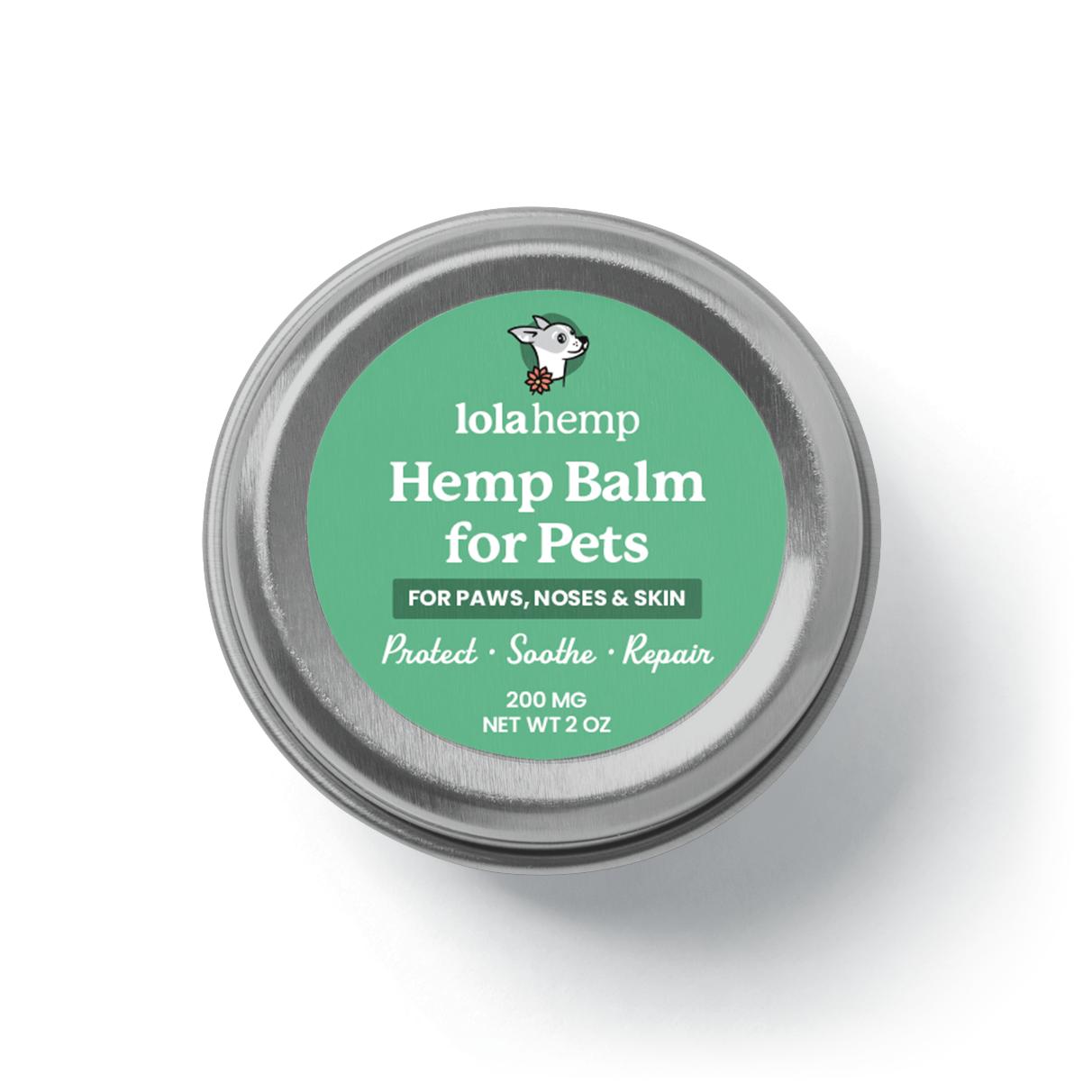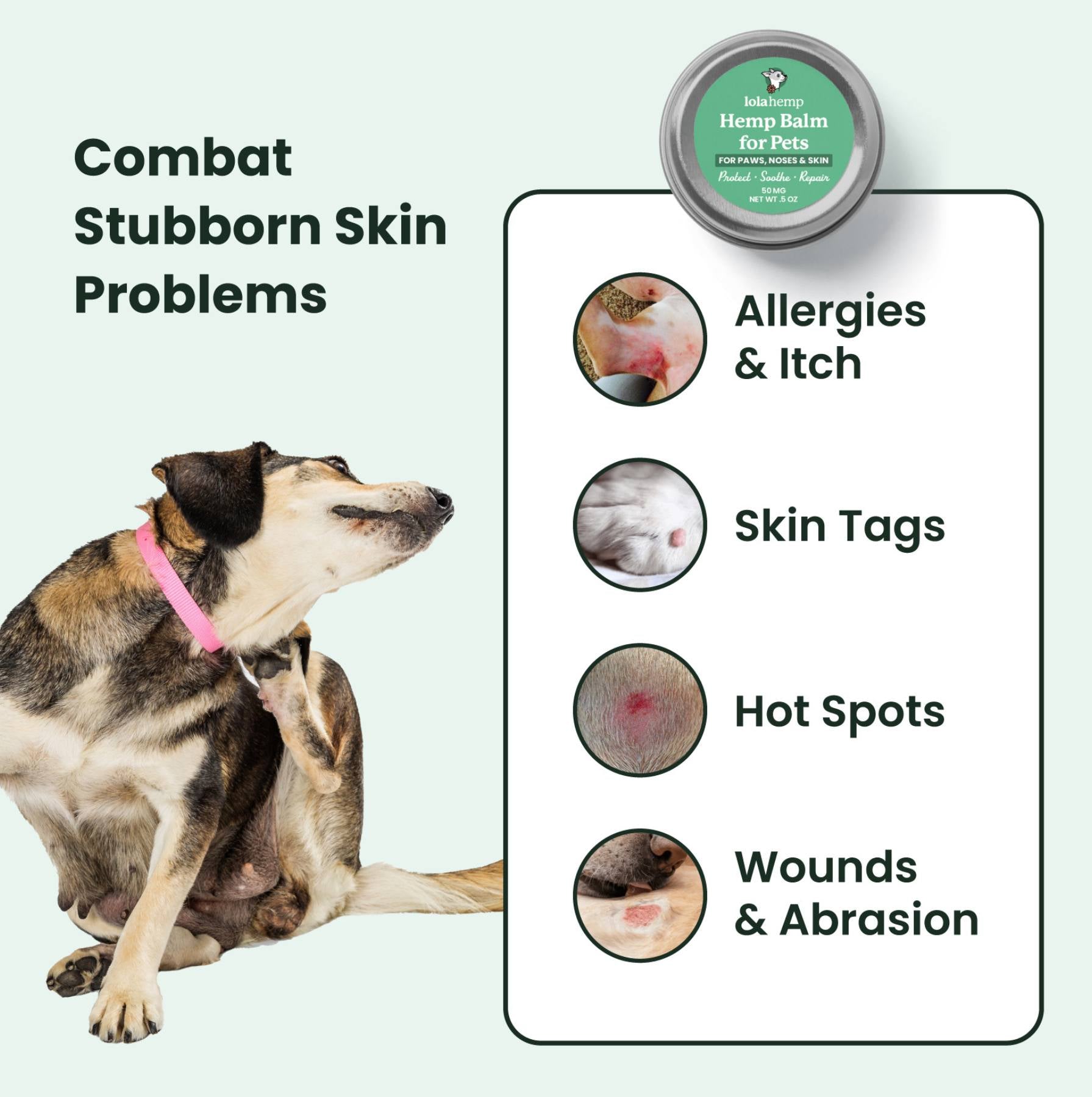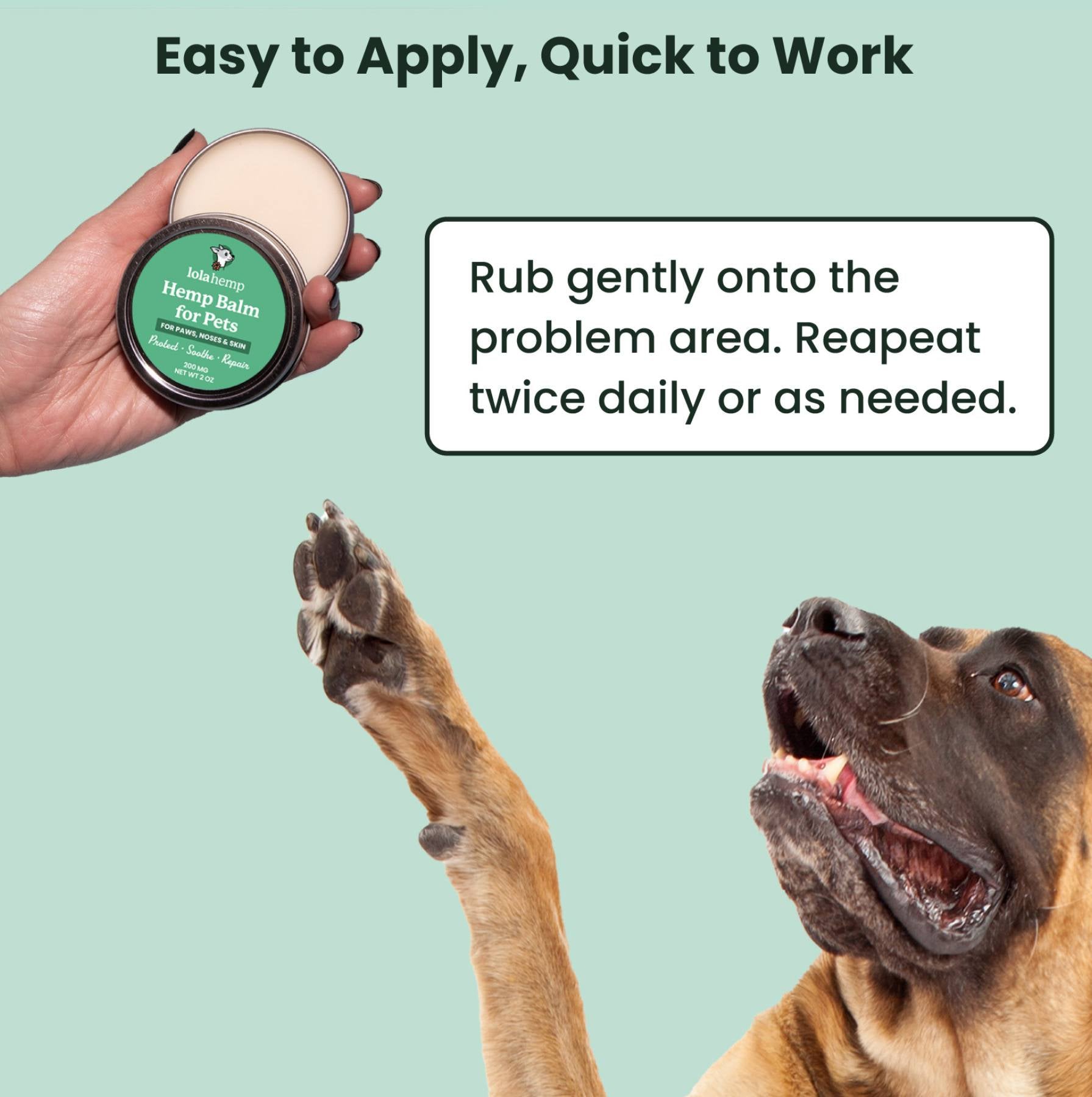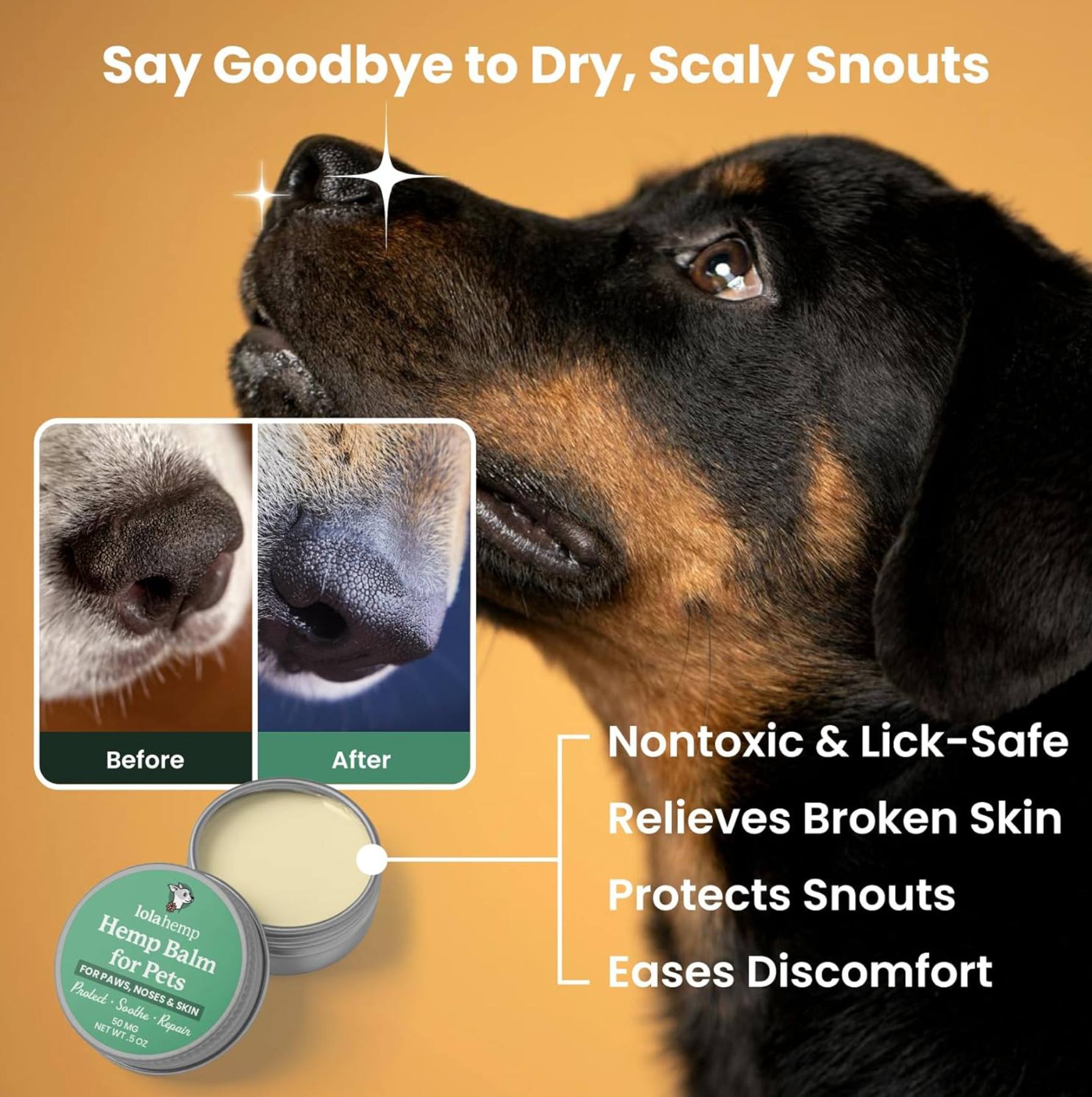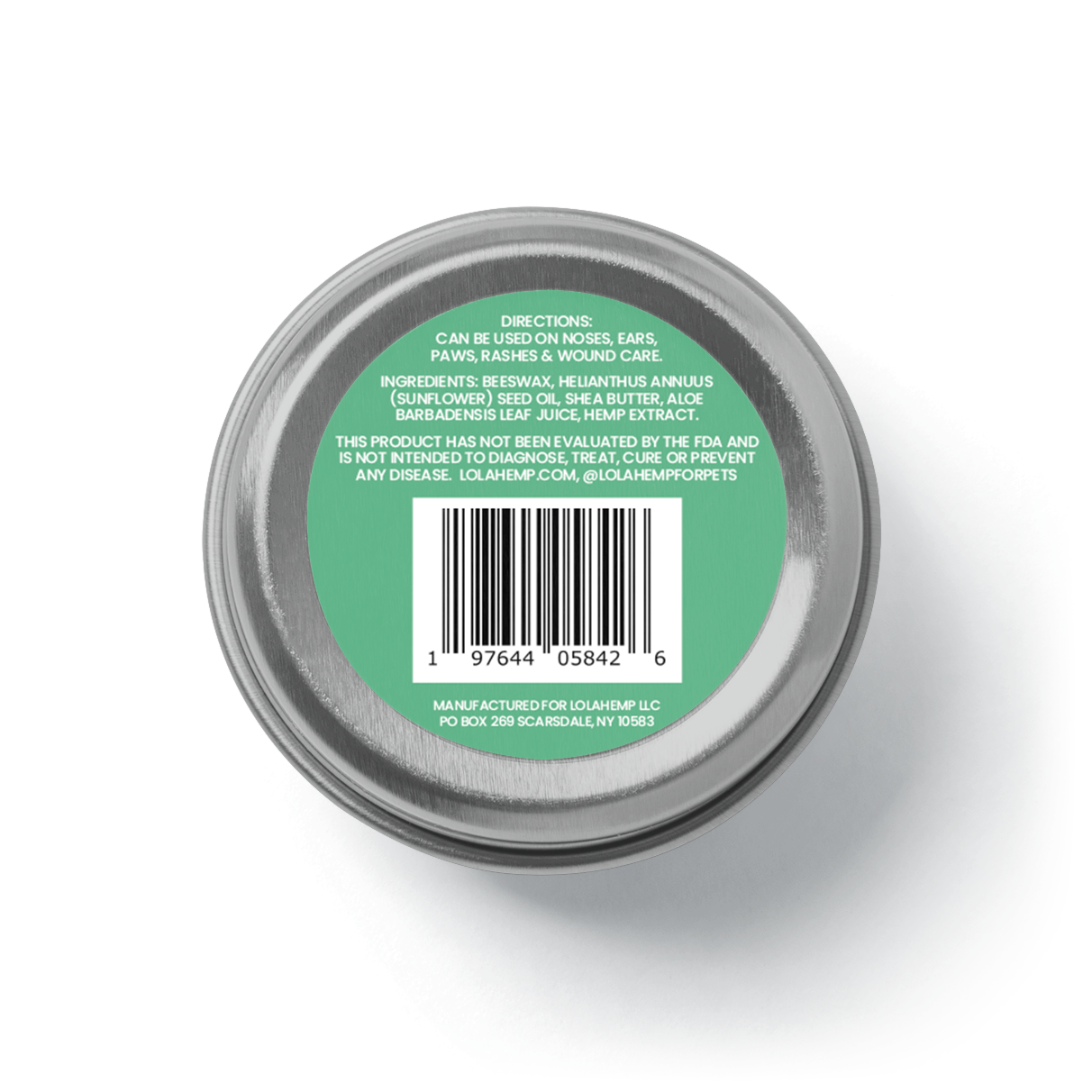Ticks are more than just a nuisance—they can carry serious diseases that affect your dog's health. Preventing tick infestations is essential for keeping your pet safe from conditions like Lyme disease, ehrlichiosis, allergic reactions, and anaplasmosis.
Fortunately, with the right precautions, you can protect your dog from these harmful pests. In this article, we'll cover effective tick prevention strategies to ensure your furry friend stays healthy and happy all year round.
- Tick Prevention Medicine Kills Ticks Via Your Dog's Blood
- What to Look for in Tick Prevention Products for Your Dog
- How to Prevent Ticks from Getting On Your Dog in The First Place
- Areas Where Ticks Hide on Dogs
- You Can Prevent Ticks from Living in Your Yard
- Ticks & Lyme Disease in Dogs
- Conclusion
- Frequently Asked Questions About Tick Prevention for Dogs
Tick Prevention Medicine Kills Ticks Via Your Dog's Blood
If you live in an area dense with ticks or you know that there are tick-borne diseases spreading in your community, find some tick prevention medicine.
At first, it seems strange that there are medicines that can prevent ticks. If ticks attach to your dog through activity in nature, how can a medicine intercede in that process? Let's take a look:
Oral Chews or tablets: The active ingredients in oral tick medicines enter your dog’s bloodstream. The ingredient is safe for your dog but fatal to ticks (and fleas in many cases). So, if the tick starts drawing blood from your dog, it will fall off and die before it has time to transmit any diseases it's carrying.
It often takes one day to a few a weeks for a tick to transmit disease.
Topical medicines: Topical medicines simply rub onto your dog’s back and produce a smell that deters ticks and makes it hard for them to survive if they end up latching on anyway.
For those who live in tick-heavy areas, it’s smart to use a combination of these medicines in summertime (surprise, every inch of the continental United States is home to one or more species of tick).
Topical medicines can also help to reduce itching and prevent your dog from developing more severe symptoms such as hot spots or lesions.
What to Look for in Tick Prevention Products for Your Dog
The first thing to make sure of is that the products you’re using are FDA-approved. Tick prevention medicines, whether topical or oral, contain strong active ingredients.
Some of these ingredients could be toxic to dogs in high dosages. The wrong mixture of topical ingredients could severely irritate your dog’s skin and lead to a host of separate problems like severe scratching or hotspots.
These issues aren’t as likely when you’re using a well-regarded product that’s been approved by the FDA.
Get Your Veterinarian's Opinion First
It’s also important to talk to your vet about using one product or another. They’ll know whether certain products are safe and effective for dogs like yours.
They’ll also be able to tell you if the products you’re considering conflict with any other medications that your dog is taking. It’s important to get their opinion before you start implementing any kind of tick-prevention program even if you just send an email with questions.
There are Topical & Oral Medications to Consider for Your Dog's Tick Prevention
The particular type of tick-prevention product you use should depend on the area in which you live and the types of activities you do with your dog. Here are some activity-based suggestions:
- Low contact with nature: talk to your vet about using a topical medicine only. You can apply the medicine before you go on your monthly walk through nature and check your dog thoroughly afterward. That way, you don’t have to introduce a regular oral medicine into their bloodstream.
- Moderate contact with nature: Use an oral medicine. That way, your dog will be protected on the off-chance that there’s a tick or two waiting in your dog's favorite park-side bush.
- Regular, extended contact with nature: Use topical and oral medicines. The topical medicine will do its part to ward off ticks in the moment, and the oral medicine will make sure that any ticks to make it aboard will be eliminated quickly.
How to Prevent Ticks from Getting On Your Dog in The First Place
There are a number of things you can do to reduce the chances of your dog getting ticks. Each one requires a little effort on your end, but it’s well worth it when you’re looking out for your dog’s health.
The most important things are tick-checking, knowing symptoms, and creating a hostile environment for ticks in your yard.
The Most Important Thing is to Check Your Dog for Ticks
Check them either every evening or at the end of every outside play session.
It’s a pretty simple labor of love, and your dog will just feel like you’re petting them. If you do this once or twice per day, odds are you’ll catch every tick in a short amount of time. You’ve got to check the whole body, though. The obvious stretches of your dog's fur along the body are where most of the ticks will show up. These are the ones that are easiest to spot and pick off.
The sneakier ones are often those that hang around long enough to transmit disease. Here are the sneaky target areas to check each time you examine your dog for ticks:
Areas Where Ticks Hide on Dogs
Ticks make their way into the ears sometimes, and they love hanging out behind the ears as well. Anywhere that’s warm, moist, and hidden is a tick paradise.
The head and ears are also some of the most active areas of the dog’s body, meaning that the head might get more contact with bushes and shrubs (tick habitats) than the rest of the body.
Before you move forward to check the eyes, feel the perimeter of your dog’s collar to see if there are ticks underneath. The collar is a common spot that gets forgotten.

Terrible as it sounds, ticks can also make their way into dogs’ eyelids in some cases. These are really dangerous areas, particularly because they irritate your dogs eyes and could easily lead to infection.
These infections could impair your dog’s vision. Fortunately, most of the ticks around your dog’s eyes will be visible on the outside of their eyelids. Some might find their way to the rim of the eye but still be visible.
In the worst cases, the tick will have lodged itself underneath the eyelid. At first, these instances are difficult to notice because ticks are quite small before they start drawing blood, depending on the stage of the tick's life cycle.
Adult ticks will be easy to notice because they’re already quarter-inch long. Feel along the rim of your dogs eyelids to see if there are any unusual lumps.
If you find a tick, contact your vet and have them instruct you on how to remove it. If it’s really lodged, it might not be something you can safely take care of at home; it might require a visit to the veterinarian’s.
Don't Forget to Check The Tail, Front Legs, Hind Legs, and Paws
The tail is another area that gets attacked by ticks. The fold of a tail is often a damp, covered area that ticks can thrive in. You don’t have to be too exploratory, just simply lift the tail and examine the base. You should be able to spot any ticks pretty quickly.
Then, move along to the hind legs. Right around the inner hip of both legs is a common spot for ticks to latch. Remember, ticks like covered areas that aren’t exposed to the elements. Any folds or creases are the best places to look.
The same is true for the front legs. Look around the crease of the hip. While you’re checking each leg, work your way down the thigh toward the paw. When you get there, check between each of your dog’s toes.
Toes are a common spot to find ticks that might have been waiting on the ground, and the toe crease is a perfect environment for them because it’s closed off and seldom checked. You may notice that your dog is licking their paws and toes if they have a tick lodged there.
No matter how hard you check, it's unlikely that you'll always find every tick. That's why it's important reduce the number of ticks in your environment by taking simple steps in your yard. Let's find out how to do that.
You Can Prevent Ticks from Living in Your Yard
If you’re getting serious and you have an hour or two, check out this Tick Management Handbook created by the Connecticut Agricultural Experiment Station. Even if you’re not in the northeastern United States, the guide should give you rock-solid tick management insights.
In fact, reading that guide will give you deep knowledge about how ticks live, feed, distribute themselves, and end up latching to you and your loved ones (furry or otherwise). If you don’t have that much time right now, here are some key points that will make it more difficult for ticks to thrive on your property:
Start By Eliminating Tick Habitat in Your Yard

What’s a tick’s habitat, you might ask? Well, pretty much any crowded or covered organic space other than short grass.
Long grass, leaf litter, brush piles, weeds, and wood piles. These are all great places for ticks to lay in wait. If you have less debris and ground cover on your lawn, you’ll have fewer ticks hiding there. Similarly, if you keep your lawn short, you’ll keep it from turning into a mini tick jungle.
Rake and brush all of that ground cover debris to the edges of your lawn or bag it up and send it away. Further, avoid ground cover plants that provide a short canopy at around ankle-level. Pachysandra is a commonly used ground cover that could be housing hundreds of ticks in your yard.
Don't Spend as Much Time Directly Next to Brush or Overhanging Trees
If you’ve got overhanging tree branches or a forest on the perimeter of your yard, bring your commonly used areas in and away from the outskirts.
The idea is to spend the majority of your time at least ten feet from those areas. If a playhouse is on the peripheral of your lawn and next to the forest, for example, odds are that ticks will gravitate there. If the same playhouse is ten or twenty feet from the forest, it’s a lot harder for ticks to get there without using a small animal as transport.
Further, it’s wise to lay a foundation of wood chips or mulch underneath play areas. Give about three yards of buffer between the play area and your natural lawn. Ticks aren’t as likely to traverse those materials.
Pick up ticks that you find in the protected area and dispose of them. That way, they won't reproduce within the area you're trying to keep tick-free.
Try to Keep Tick-Heavy Animals Away from Your Yard
Ticks go through a three-phase life cycle. At each stage, they get progressively larger and utilize larger animals for blood and transportation.
Engorged females fall off of large mammals and lay their eggs on the forest floor or in the grass. Eggs hatch and larvae emerge, clinging to small rodents, birds, and even humans in some cases.
Rodents and birds spread those larvae far and wide, providing a comfortable home for them as they transform into nymphs. Nymphal ticks typically latch to small and medium-sized animals, at which point they grow to maturity.
As mature ticks, they find one final host, and that host tends to be a dog, deer, human, or other large animal. This is what’s known as the “3-host life cycle.” The tick leeches on three separate animals before it reproduces or dies.
The point is, ticks need all of the animals around your home to survive. That means they’re attached to those animals. They fall off where those animals spend the most time. Then, once they're off, they wait for another host to come by and latch onto whoever comes first.
So, place bird feeders and deer-attractants at strategic points where you do not walk or spend time. Make sure your dog doesn’t spend time there, either. Similarly, prevent against rodents and other animals in or around your home.
As a Last Resort, Consider Pesticides or Tick Chemicals
There are a number of pesticides you can use in order to treat your lawn and prevent ticks. Specifically, you can use these on perimeters and around areas that might be most prone to tick populations.
Here’s a good list of popular options. Among the top choices are Permethrin, Bifenthrin, Carbaryl, Cyfulthrin, Purethrin, and Deltamethrin. Products with these chemicals could effectively diminish the tick population on your property.
Another common option is the use of diatomaceous earth. This is a finely-ground natural solution that can deter or kill ticks. It's an excellent organic tick preventive product.
Ticks & Lyme Disease in Dogs
If we can spot symptoms of disease in our dogs, we can get them to the vet quicker. That could save a life, or at least greatly improve the quality of your dog’s life as it deals with a tick-borne disease.
The most common tick-borne disease is Lyme Disease.
Symptoms of Lyme Disease include:
- Lameness in one or more legs
- Inflammation, contributing to lameness
- High body temperature & fever
- Lethargy, visible symptoms of depression or extreme tiredness.
Conclusion
Let's do a quick recap of the most important things to remember on our crusade against ticks and the diseases they carry.
- Check our dogs for ticks each day
- Eliminate tick habitats in our yards
- Create buffers between ticks and commonly used areas
- Watch out for symptoms of tick-borne illnesses
- Use anti-tick medicine whenever necessary
If we do those things, we've got a great chance of keeping our dogs happy and healthy! Ticks don't need to be an issue for your pooch, but only if you take the time and make the effort to protect them.
Frequently Asked Questions About Tick Prevention for Dogs
How often should I check my dog for ticks?
You should check your dog for ticks at least once per day, especially after outdoor play. Evening tick-checks help you catch ticks before they can transmit disease.
What medicines help prevent ticks on dogs?
Both oral and topical tick-prevention medicines can protect dogs. Oral chews kill ticks once they bite, while topical treatments repel ticks before they attach.
Can ticks in a dog’s yard be reduced naturally?
Yes, keeping grass short, removing leaf litter, trimming brush, and reducing wildlife attractants can significantly lower the tick population in your yard.
Where do ticks commonly hide on dogs?
Ticks commonly hide in warm, covered areas such as the ears, collar area, eyelids, between toes, and in skin folds around the legs and tail.
When should I contact a veterinarian about ticks?
You should contact a veterinarian if you find a tick in a sensitive area such as the eyelid, if the tick is deeply embedded, or if your dog shows symptoms of illness after a tick bite.

